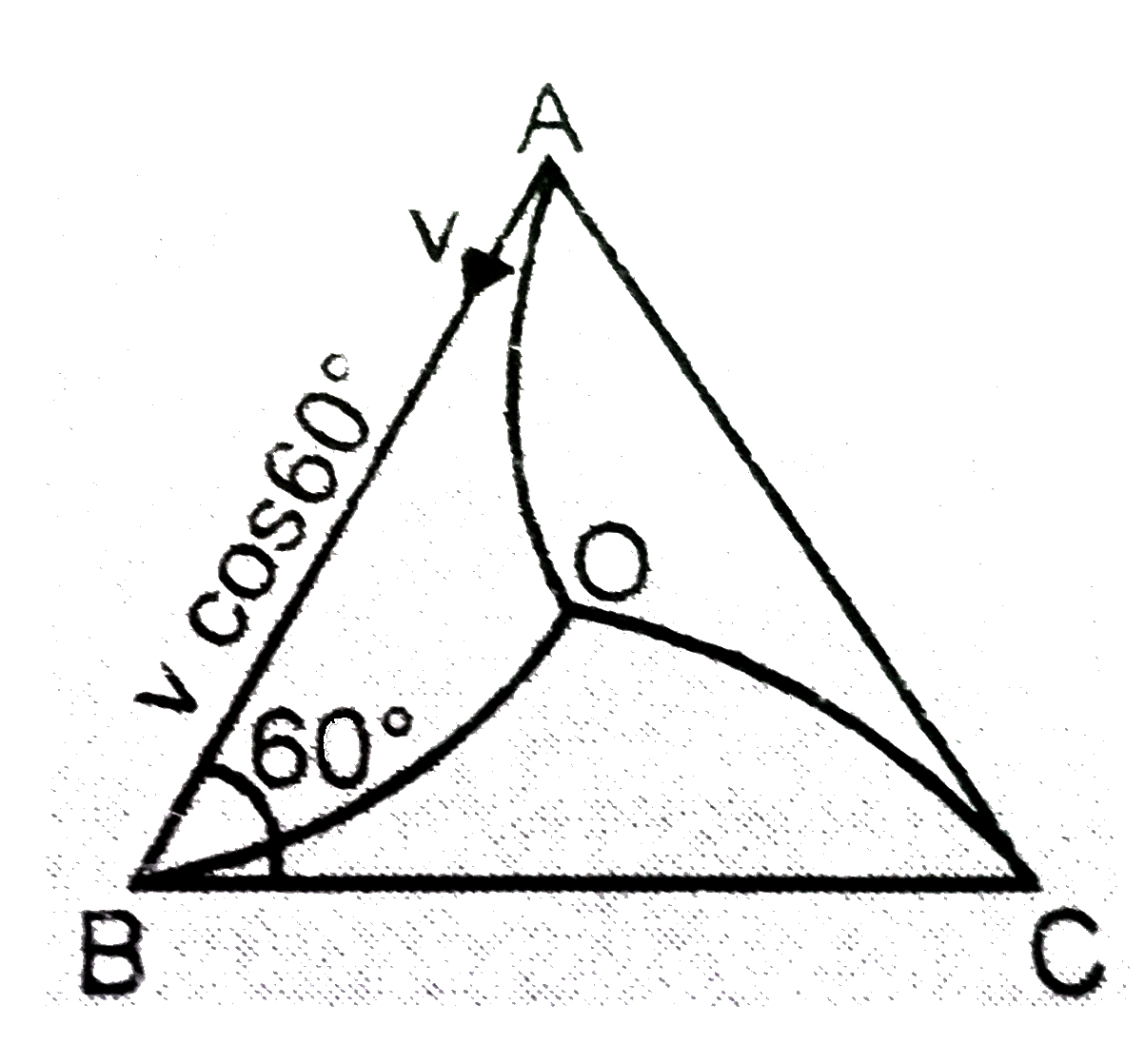Text Solution
Verified by Experts
|
Topper's Solved these Questions
MOTION IN A PALNE
ALLEN|Exercise EXERCISE-1|99 VideosView PlaylistMOTION IN A PALNE
ALLEN|Exercise EXERCISE-2|170 VideosView PlaylistKINEMATICS-2D
ALLEN|Exercise Exercise (O-2)|48 VideosView PlaylistNEWTON'S LAWS OF MOTION & FRICTION
ALLEN|Exercise EXERCISE (JA)|4 VideosView Playlist
Similar Questions
Explore conceptually related problems
Knowledge Check
A
B
C
D
Submit
A
B
C
D
Submit
A
B
C
D
Submit
Similar Questions
Explore conceptually related problems
ALLEN-MOTION IN A PALNE-SOLVED EXAMPLE
- Three boys A,B and C are situated at the vertices of an equilateral tr...
07:16
|
Playing Now - A particle thrown over a triangle from one end of a horizontal base fa...
03:15
|
Play - A projectile is fired horizontally with a velocity of 98 ms^(-1) from ...
02:26
|
Play - Two tall buildings face each other and are at a distance of 180 m from...
02:12
|
Play - Two paper screens A and B are separated by a distance of 100m. A bulle...
03:43
|
Play - A ball rolls off top of a stair case with horizontal velocity u (m)/(s...
02:43
|
Play - A football player kicks a ball at ball at an angle of 30 ^(0) with the...
05:35
|
Play - A cricketer can throw a ball to a maximum horizontal distance of 100 m...
01:27
|
Play - A ball is thown at angle theta and another ball is thrown at angle (90...
05:47
|
Play - Two bodies are thrown with the same initial speed at angles alpha and ...
01:19
|
Play - The range of a projectile launched at an angle of 15^(@) with horizont...
02:30
|
Play - A ball of mass (m) is thrown vertically up. Another ball of mass 2 m ...
04:27
|
Play - A body is projectd with the velcity (U1) from the point (A) as shown...
02:03
|
Play - An aeroplane is flying at a constant height of 1960 m with speed 600 k...
05:09
|
Play - A body is projected up such that its position vector varies with time ...
01:16
|
Play - Two particles A and B are projected simultaneously in the directins sh...
02:24
|
Play - Two bodies were thrown simultaneously from the same point, one straigh...
03:32
|
Play - Two particles are projected from the two towers simultaneously, as sho...
07:12
|
Play - A projectile is thrown with speed u making angle theta with horizontal...
07:20
|
Play - A particle has an initial velocity (6hati+8hatj) ms^(-1) and an accele...
02:14
|
Play - A particle travels according to the equation y=x-(x^(2)/(2)). Find the...
04:00
|
Play
